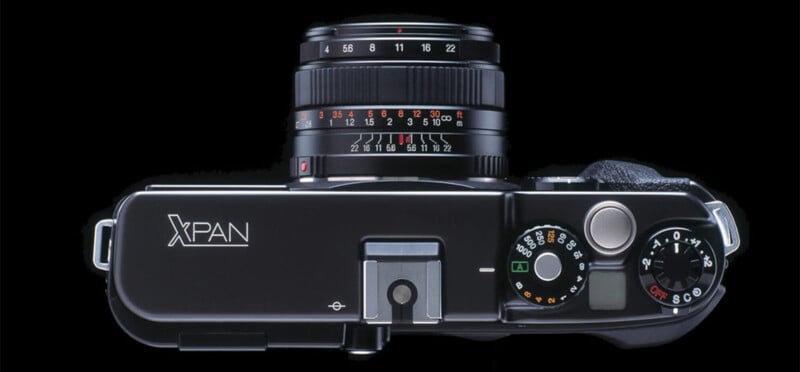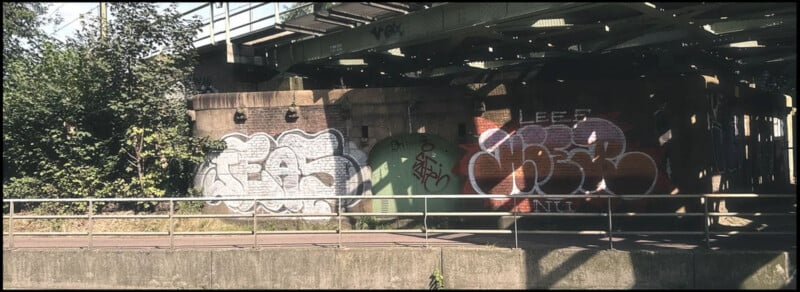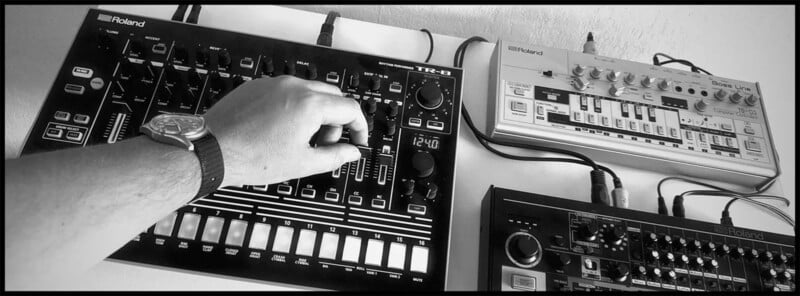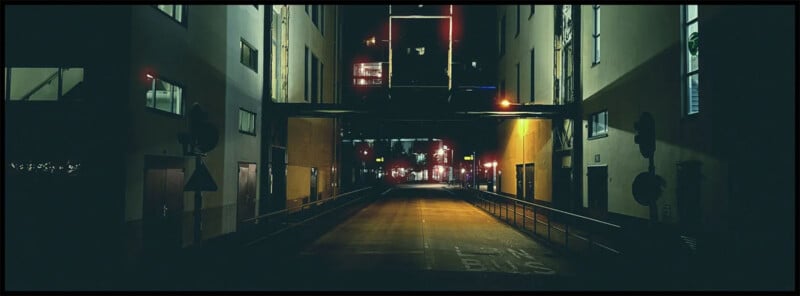New iPhone App Aims to Recreate the Charm of the Hasselblad XPAN
![]()
App developer Bram Bos has become fascinated with the look of the Hasselblad XPAN’s photos. However, given the camera’s high cost, Bos wanted to figure out how to capture some of the magic on a smartphone.
Enter Bos’ new app, XP4N. The app simulates the XPAN’s 65 x 24 aspect ratio — essentially a pair of 35mm frames side by side — and offers four digital film emulations: CineStill 800T, Vision3 250D, Portra 400, and Ilford Ortho Plus.
“I’ve been making popular music apps for years, but after becoming totally obsessed with the unobtainable Hasselblad XPAN I decided to make my own camera app to get close to the experience,” Bos tells PetaPixel over email.
In a Medium post about XP4N, Bos explains that the panoramic format makes nearly every scene “instantly look cinematic.”
“It’s incredibly powerful and lets you frame scenes in a very refreshing new way; e.g. allowing to show more context around your subject,” he writes.

As great as the XPAN is, Bos wasn’t about to shell out $5,000 plus on a second-hand model that would be difficult to maintain and fix. Plus, it’s not exactly cheap to operate a film camera. So his objective was to make a photo app for a camera he always has, his iPhone.
“Every time I press the shutter, a movie-still should come out,” Bos says of making XP4N. “All I need to worry about is making the frame interesting, the app should do all the other stuff.”
Thanks to Apple’s robust mobile APIs, Bos says it’s possible to get a photo app running in a day. However, just making a camera isn’t enough; the camera must take photos that capture the look and feel of panoramic film cameras.
![]()
“Photos coming out of today’s digital cameras, and particularly out of phone cameras, have a distinct look. A look which says, ‘I’m a digital photo,'” Bos says.
“It’s in the sharpness, dynamic range, contrast curves, color balance, white and black tones, saturation — virtually every aspect of a cinematic film image is different from a typical digital photo,” he explains.
“The hard part is making the photos coming out of your app look like film.”
Of course, this is a challenge many others have attempted to tackle in a wide variety of ways and on numerous platforms. There are a lot of film simulation presets for Lightroom and other photo editing apps, for example, and numerous iPhone camera apps that try to recreate a classic film look, sometimes to incredible effect.

Bos decided to offer three color film simulations that cover a wide range of scenarios: CineStill 800T, Vision3 250D, and Portra 400. While waiting for Apple to finish reviewing the app — Apple took “its sweet time,” says Bos — he added a fourth, a black-and-white Ilford Ortho Plus.
Getting the colors and tones right is just one part of the equation; there are other concerns, like visible sharpness. In the case of XP4N, Bos didn’t want to use global softening to eliminate the excessive, digital sharpness of smartphone imaging pipelines. Instead, he separates “unsharpening” by the area of the frame and tonal range. This means that the corner is treated differently than the center of the frame, as are the highlight and shadow regions.

While Vision3 and Portra are reasonably straightforward — they have certain color biases and different hues — CineStill 800T has a trademark halation effect.
“Of the three color simulations, Cinestill is the most interesting,” says Bos. “Halation is caused by light passing through the film and reflecting back onto the furthest (red) layer of the film, causing a red/orange glow around the brightest spots in the image.”

It’s not necessarily easy to recreate digitally, but Bos did it.
“I feel XP4N came out as a pretty sweet little app. I’ve already had several nights of fun running around the industrial areas in my town and getting a feel for the magic that these film sims put into my shots,” the panoramic photographer explains.
XP4N is available on the Apple App Store now for $0.99. It’s currently the second most popular photography app on the market and supports the latest iPhone camera features, including 48-megapixel resolution and ultra wide-angle lenses.
Image credits: Bram Bos / XP4N